Wind Farm in Lompoc Hills Set to Flip the Switch
Wildlife Revision to BayWa's Permit Conditions Passes Planning Commission
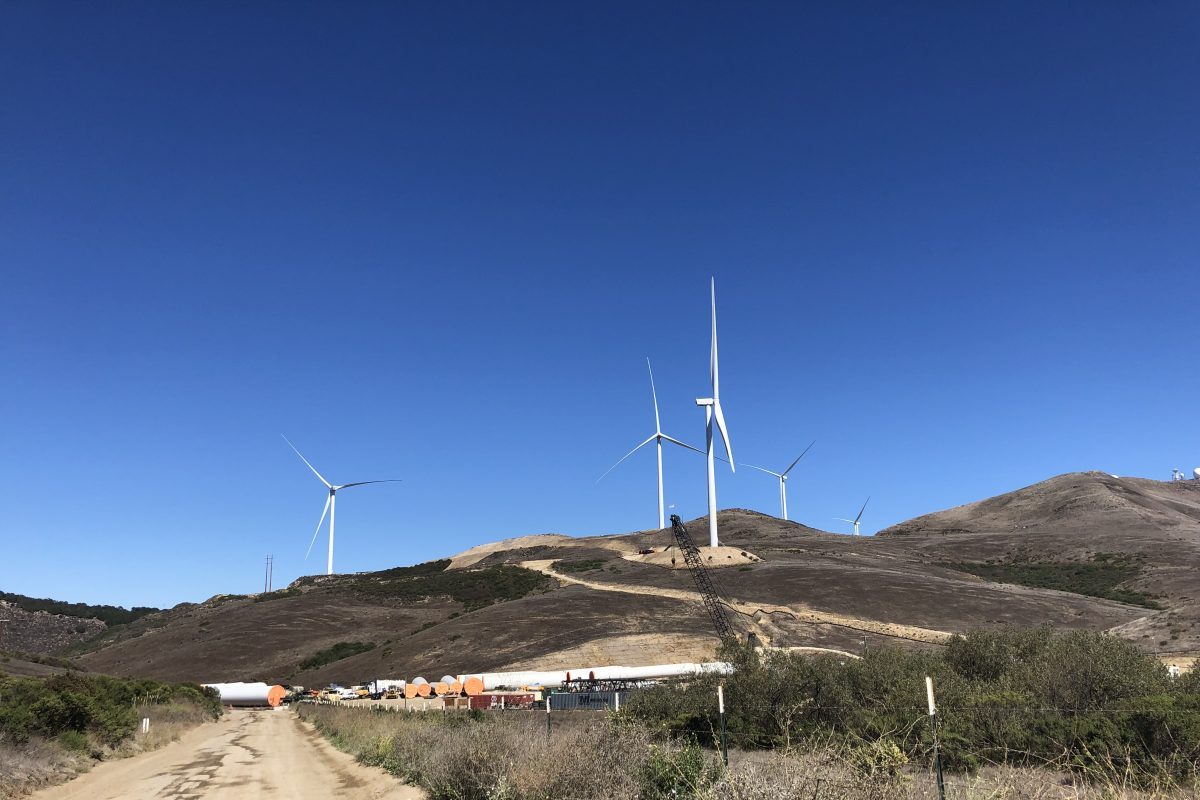
The existential threat of a warming planet caught up with the Strauss Wind Energy Project at the Santa Barbara County Planning Commission last week. Three of the five commissioners agreed to allow the project to proceed without a federal permit to “take” golden eagles, a fully protected species in California known to nest in Lompoc’s San Miguelito Canyon and have a strong migration through the area in the late fall.
Project developer BayWa r.e. has been working on the 27-turbine project since 2016. It’s virtually the same project that the Lompoc Wind Project had been working on for 15 years before that. The 267-foot-tall turbines can generate as much as 98 carbon-free megawatts, enough electricity to energize 43,000 homes. The power has already been sold to Marin Clean Energy for 15 years, reducing the need for fossil-fuel peaker plants in the energy coalition’s four Bay Area counties — and avoiding approximately 40,000 metric tons of carbon dioxide emissions.
From the get-go, the project faced stiff resistance from residents living near the turbines, as well as from the avian community. Appeals were denied by the Board of Supervisors in 2009, which were upheld in the federal courts. BayWa was close to flipping the “on” switch this fall, until it realized the U.S. Fish & Wildlife permit was going to take one to three years to complete. The company then returned to the Planning Commission to revise its conditions that required the permit. As Commissioner Laura Bridley said, the day’s decision was a “tradeoff between two noble goals, saving wildlife and getting wind energy on the grid.”
At the August 9 hearing, the second held on the permit revision, Andy Caldwell from the Coalition of Labor, Agriculture & Business (COLAB) and Katherine Emery and Steven Ferry of the Santa Barbara Audubon Society protested that BayWa was going to be allowed to be late in applying for the federal “incidental take permit.” Caldwell argued that the change was substantial enough to require a supplemental environmental impact report (EIR). Emery and Ferry offered several mitigation measures that BayWa should include instead, such as requiring a search for eagle carcasses once a week across the nearly 3,000 acres using dogs to find them.
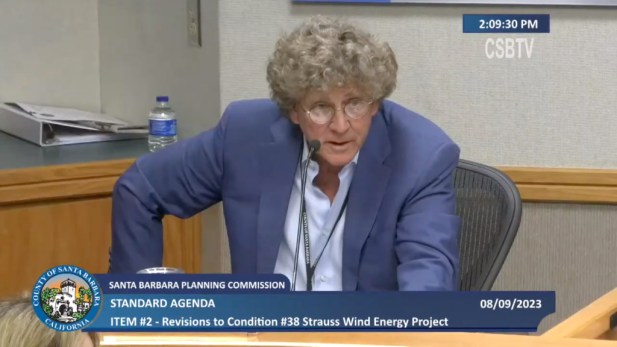
During the commissioners and staff discussion of the “incidental take” permit, John Parke, who chairs the Planning Commission, spoke of two articles he’d read recently. In one, the National Audubon Society said climate change was a far greater threat to natural wildlife than powerlines or wind turbines. The national group felt so strongly about this, said Parke, that it had told local groups that to oppose bird deaths on principle was to miss the bigger picture.
The second story was about an examination of 175 bird carcasses that had died on power lines, presumably of electrocution. Two-thirds contained shotgun pellets or fragments of rifle bullets, leading Parke to remark that the payment to the feds to retrofit powerlines against accidental bird kills was likely a wasted effort.
Parke indicated that the Bird and Bat Adaptive Management Plan written for the Strauss Wind project would cover the same, or larger, territory as the federal take permit. In the county plan, for one eagle killed or injured, BayWa would have to notify the county and increase its carcass search. If a second creature were injured or killed, the penalty rises to “adaptive measures” per the Planning Commission. These include reducing the quantity of prey attracting the eagles by means other than poison, erecting warning towers to divert birds, curtailing turbine operations selectively based on location of mortalities or seasonal bird activity, or restricting turbine operation to low wind speeds. The plan also includes non-listed, non-sensitive bird and bat species, and raptors, and the take numbers go from 2-12 fatalities per year for these species.
The federal “take” permit is still a new one for wind farms, county energy planner Errin Briggs later told the Independent. Strauss was only the second wind farm in the country to apply for the permit, which requires an in-lieu fee for an estimated species kill or injury by a project, money that goes toward improving power lines to prevent eagle deaths. California is setting up an “incidental take permit” based on the federal terms, but it has yet to exit the concept stage.
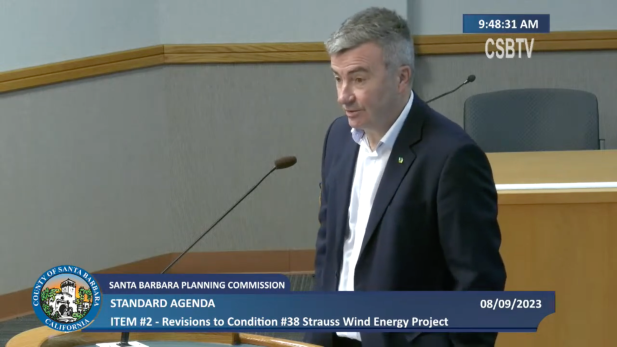
BayWa, represented by CEO Gordon MacDougall, stated they were happy to comply with the commission’s additions to the conditions, and that the company would complete its permit application with U.S. Fish & Wildlife for the incidental take permit. For the county, BayWa additionally agreed to weekly searches for eagle carcasses, but without dogs; that the company pay $30,000 to a raptor rehabilitation center for each carcass or injury; once California’s incidental take permit is in place, that BayWa obtain one; and that the change was of such insignificance that a supplemental EIR was not necessary.
COLAB’s Caldwell indicated he would appeal the Planning Commission decision to the Board of Supervisors. He also proclaimed to the commissioners that the golden eagle was the symbol of the United States, the poster child of the Endangered Species Act, until he was corrected by John Parke, who advised him to check the color of the eagle’s head — the national bird has a white head, not golden. To which Caldwell retorted, “Close enough.”


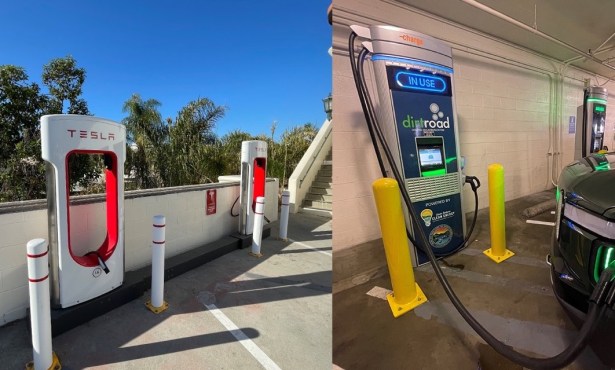
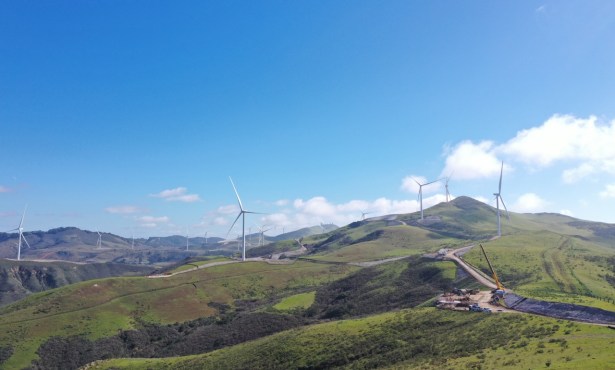
You must be logged in to post a comment.